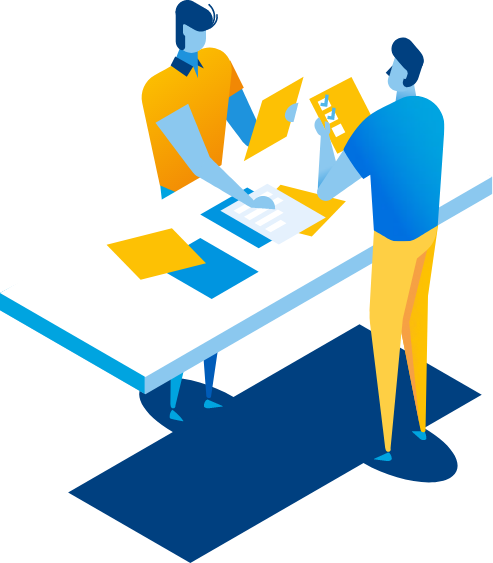Software 3.0 – another chapter in software development
People love perodisation, including the periodisation of IT history. For some reason, we forget that development is a long-lasting and a fluent process, therefore, we display a natural need to divide each phase. It has been clear lately, using the example of the need of identifying the third software era, the creation of Software 3.0 period. What is it, and what are its characteristic features in comparison to the previous phases?
Obviously the aforementioned periodisation is related to each IT segment. In terms of network devices and software, the enforced terminology is related to the next-gen firewall. The issue is similar in terms of web technologies – during the moment of the birth of the first social media giants, Web 2.0 was spoken of, a new era of the development of browser applications that, along with the swift adaptation of adjacent technologies, would allow users to have the possibility of creating and co-creating content. However, in terms of Software 3.0, we are speaking of not only one, particular idea, but of a group of technologies, that co-exist within the process of the birth of a new division in software development.
According to Citi Ventures experts, the next phase in software development is strictly connected to the change of the business model of companies and software development communities, however, it results not of work organisation but of licensing changes. Additionally, the aforementioned results from the new ways of delivering software. However, in order to understand the changes that have occurred for some time, we should examine the specifics of the past history.
Software 1.0
Obviously, Software 1.0 is referred to as software provided primarily for the enterprise market, since the beginnings of the 1980s. The producer of the software, mostly one of the technological moguls within the industry that would expand so swiftly, would provide native programs, that could be executed solely on the on-premise infrastructure of the customer. The licensing model was traditional – mostly, the software was paid dearly in advance, while in terms of yearly or monthly payments, the customer would receive access i.a. to updates that would correct errors, and to technical help.
Software 2.0
The situation would begin to change along with the new age, where people would begin to realise, that the network broadband would allow to eliminate the necessity of deployment on local client devices. Therefore, Software 2.0 was created, the phase with which we are dealing today. Obviously we are speaking about using the external infrastructure of the producer, to which the client receives access by means of own physical devices or broadly perceived terminals, however, there is no necessity to maintain the server or advanced network infrastructure. Everything is based on developer servers (or servers commissioned by the producer from third party companies), what we refer to as cloud. The aforementioned had begun a model which does not rely on software sales, but providing it as a service, primarily accounted for proportionally to the use of resources within the frameworks of a continuous subscription fee.
Software 3.0
Citi Ventures analysts think, that for several years we have been dealing with Software 3.0 which has been growing in power, and the key roles were played by the following phenomena:
- easy access to the highly-efficient data processing algorithms,
- cost decrease of both processing and storage power,
- the popularity of services that unify software and data that is processed by it,
- the increase of accessibility of the so called artificial intelligence, particularly, the machine learning libraries.
It is enough to examine the above list, to understand that the combination of the phenomena that are to determine the Software 3.0 development, results primarily from the cloud offers of the greatest providers – Amazon, Microsoft, Google i Alibaba – that expand at an enormous pace. Each of the aforementioned corporations possesses an enormous offer of vary7ing, often exclusive solutions, that respond to each of the above-mentioned needs. Therefore, it will be no exaggeration to say that Software 3.0 is growing directly out of the accomplishments of the cloud era, and in essence, it is its natural extension and evolution. However, it possesses a number of unique features.
One of the most important features is the symbiosis of the software producer with the client. Obviously, a certain relation between them has always existed, however during the Software 3.0 era we are dealing with a characteristic feedback. The quality of the software that is using machine learning models have a direct impact on the data provided by the client. The more data is delivered by the client, the more efficient will be the software offered to him by the producer. Therefore, the latter may monetise on the activity on his users, while still selling services in a subscription form.
However, that does not mean that being a third generation software provider is risk-free. Quite the contrary. There are situations where providers must sell software before it is fully efficient, and its perfection is significantly taking place via usage. This vague symbiosis related to the share of benefits but risks as well, is the most characteristic element of the current phases of Software 3.0 development.




